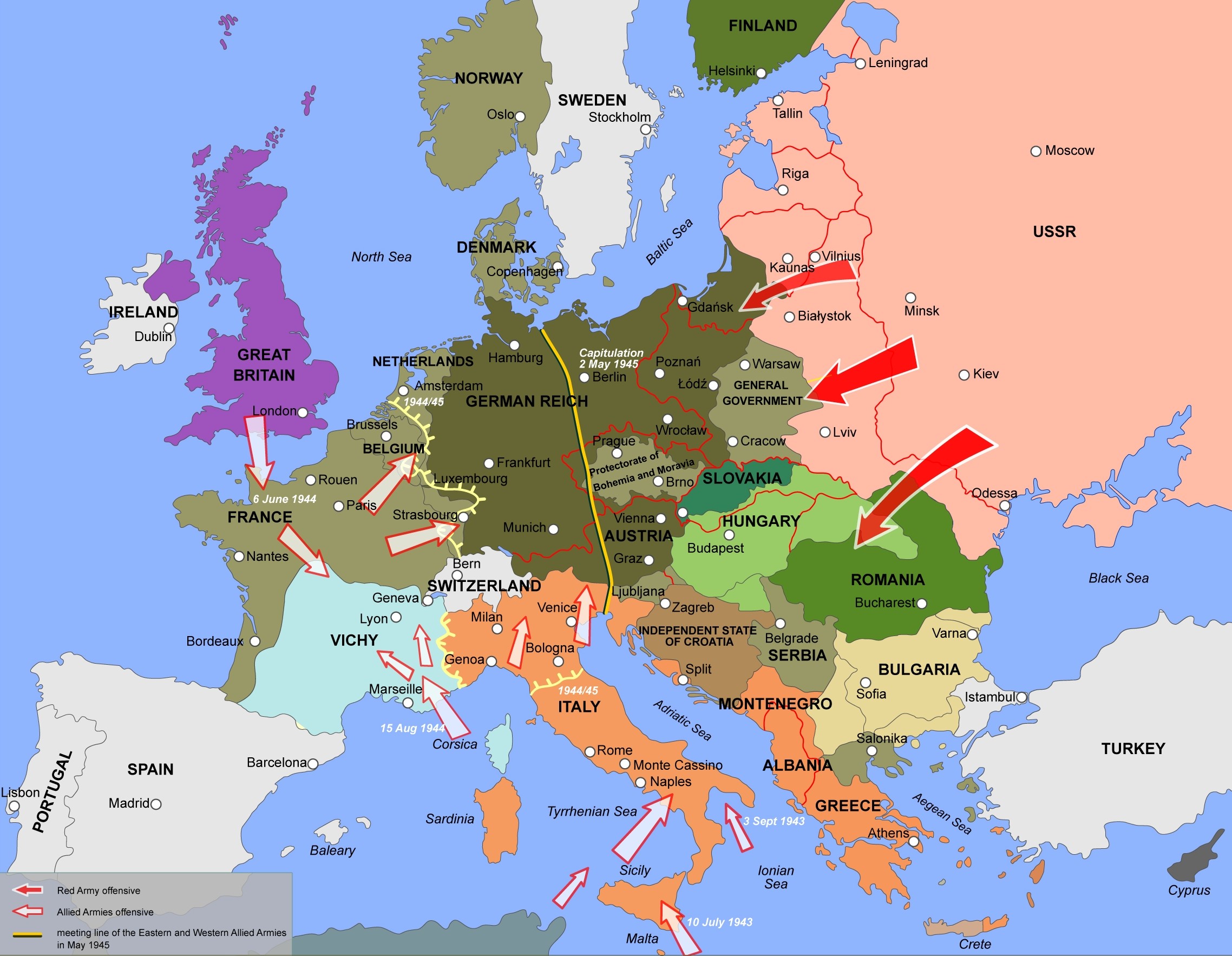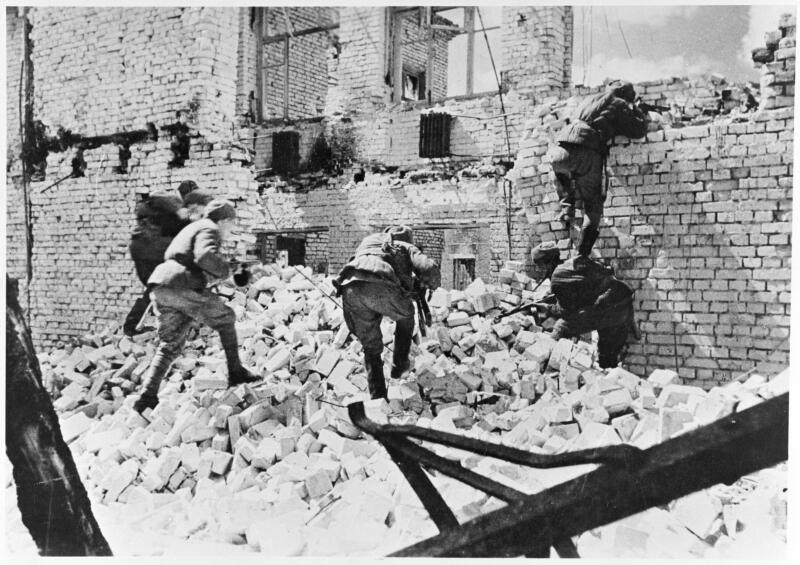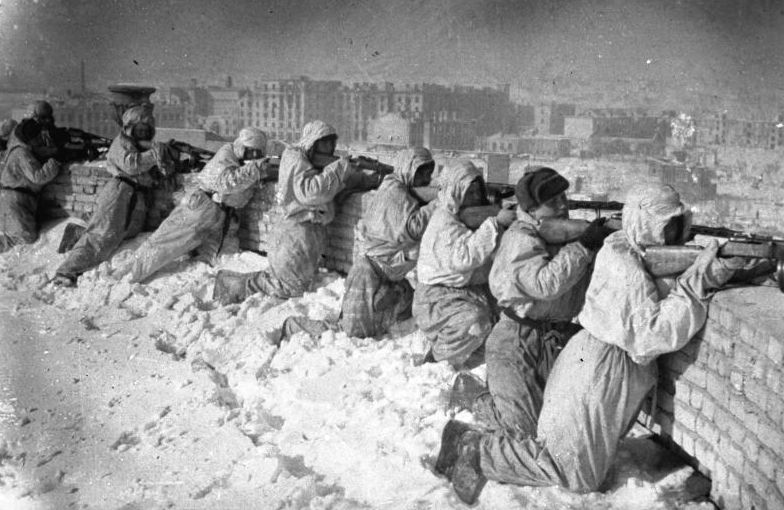The Red Army offensive started in Kursk and went on to liberate large parts of Russia, Ukraine and Belarus. In December 1943 the Soviet Union launched another offensive along the entire Eastern Front. In January 1944 this led to the liberation of Leningrad, which was under siege since September 1941. It has been estimated that during the siege as many as 1 to 1.5 million civilians died of hunger. The next Red Army offensive began in June 1944 and included the eastern parts of Poland. Soviet armies also entered the territories of former allies of the Third Reich, Romania, Bulgaria, Hungary and Finland, which, following the example of Italy, successively left the Axis coalition.



